Pond water issues and how to fix them
When you first fill a new pond the water will be clear and sparkling, but it won't stay clear for long. Here are some of the most common pond water problems and how to tackle them.
Green water
The most common visual water problem, green water will peak when the hours of daylight are longest, and when the water is at its warmest, with lots of fish food going in. A short term fix is to add a Greenwater treatment, but the best long term, and the only way to really beat it, is to fit an Ultra Violet Clarifier (UVC) to your pond pump and filter.
Cloudy water
Cloudy water can be mechanical or bacterial. Mechanical filtration can be improved with a new pond filter and larger mechanical filtration capacity. Vacuuming the pond will also aid the filter in removing the majority of physical waste from the pond.
Add a flocculant to clump particles together and make them easier to remove, and some bacteria to polish the water and break down organic waste.
Discoloured water
Dead algae, leaves, fish food and biological filter processes all discolour the water. If you have cleared green water but your water looks yellow, conduct a water change and introduce carbon to your filter system. After a few days of running carbon it should look as clean as tapwater.
Foamy water
Foam can be a result of an algae treatment, overfeeding, oily foods or fish shedding mucous due to poor water quality or parasites.
Check water quality, do a water change if necessary and add an Anti foam treatment, which usually works within seconds. Consider a surface skimmer connected to a filter long term, which will draw off the foam and give a clear surface.
Smelly water
Several things contribute to smelly water including rotting leaves and vegetation, uneaten fish food, poor water containing ammonia, and fish shedding mucous because of ammonia or parasites.
Change water, remove leaves and uneaten food with a net, add beneficial bacteria and carbon, which removes odours as well as discolouration.
Ammonia and nitrite
This can be down to an immature filter, too many fish too soon, overfeeding, removal of mature filter media with new, or washing filter media in tapwater.
Change some water, stop feeding and add beneficial bacteria. Aeration from an airpump will also aid fish and filter bacteria.
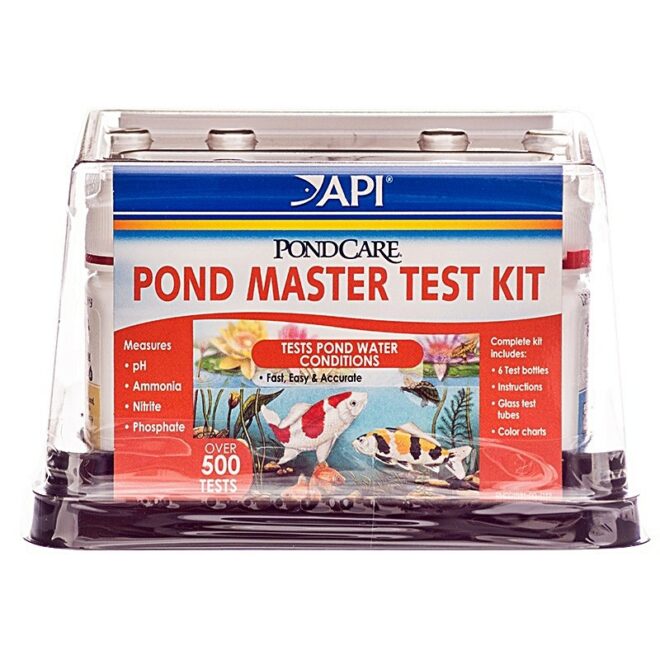
High nitrate
Nitrate is the bi-product of nitrification. It can be lowered by successive water changes or by adding lots of plants to the pond, which use nitrate as fertiliser.
Low pH
If your tapwater has low pH then your pond probably will too. If pH goes too low your biological stops working properly. Raise pH with pH buffer.
High pH
Unusually high ph (higher than 9) may mean that some concrete is leaching into the pond somewhere. Ensure all masonry is sealed and not touching the water, then change the water and retest.
Low KH
KH can also drop too low for pond filters and pond fish. Common in software areas. Add KH buffer on a regular basis.
Low oxygen
Potentially lethal for pond fish, low oxygen can be caused by summer heatwaves, overstocking, too heavy planting and lack of surface agitation. Fix it by running an airpump and airstone, waterfall or fountain for 24 hours per day. Cut down pond plants to less than ⅓ pond surface coverage.
High phosphate
Phosphate can be present in tapwater and be added via fish food. Remove phosphate using a phosphate removal resin, water changes or increase fast-growing pond plants, which use phosphate as fertiliser.
Chlorine
Chlorine and Chloramine are present in tapwater and are damaging to fish and filter bacteria. Make it safe by using a pond tapwater conditioner or an inline dechlorinator.
For more pond essentials check out our range of pond liners and pond pumps.




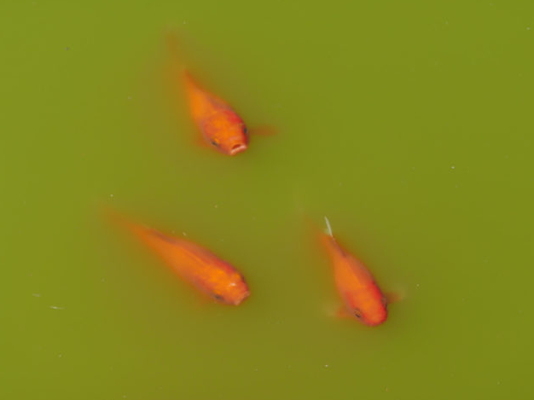
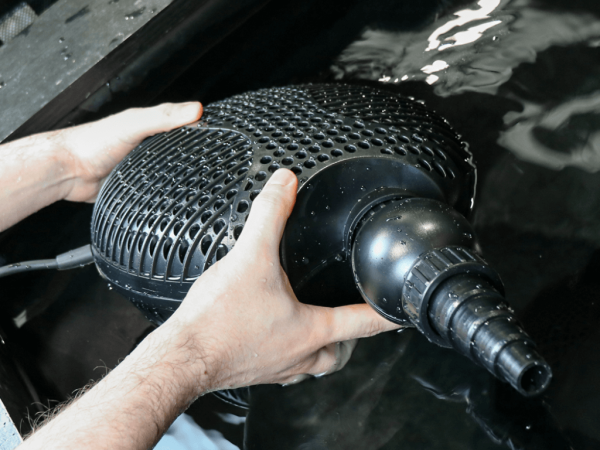


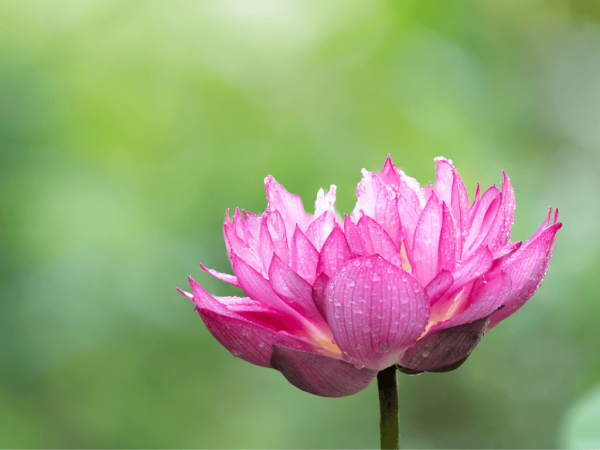
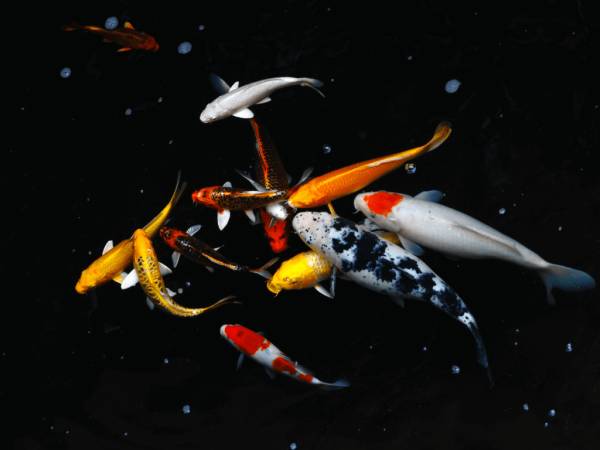
Should I clean the build up of sludge in my pressurised filter in my pond or does this contain beneficial bacteria?
Kind Regards
John